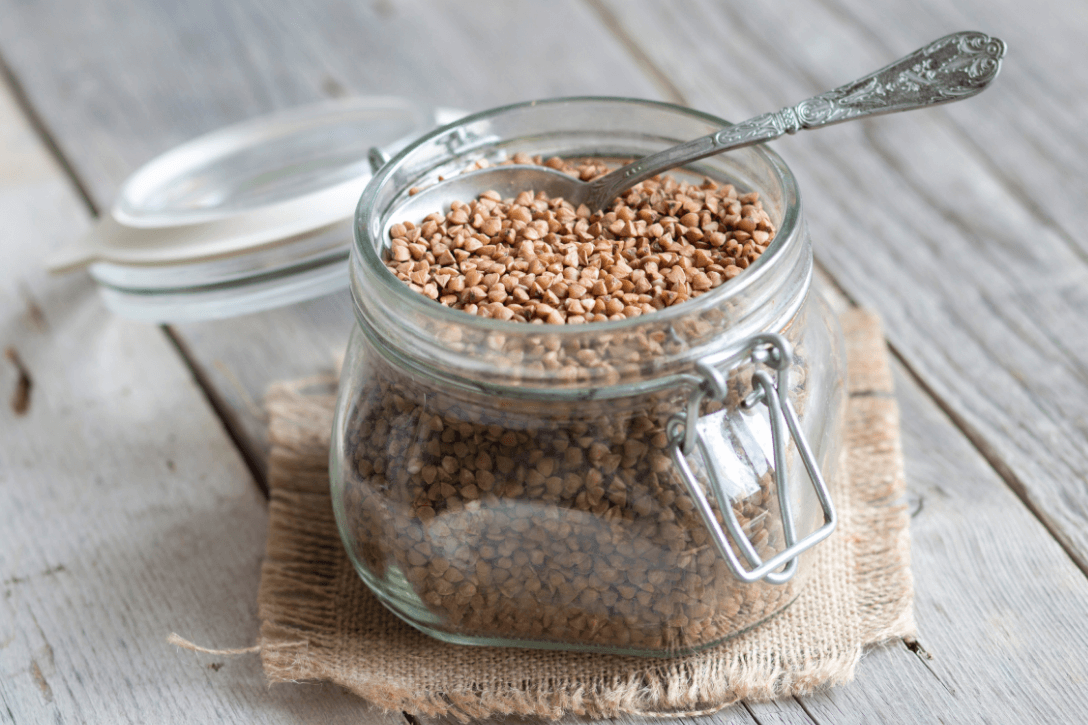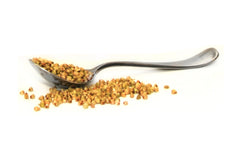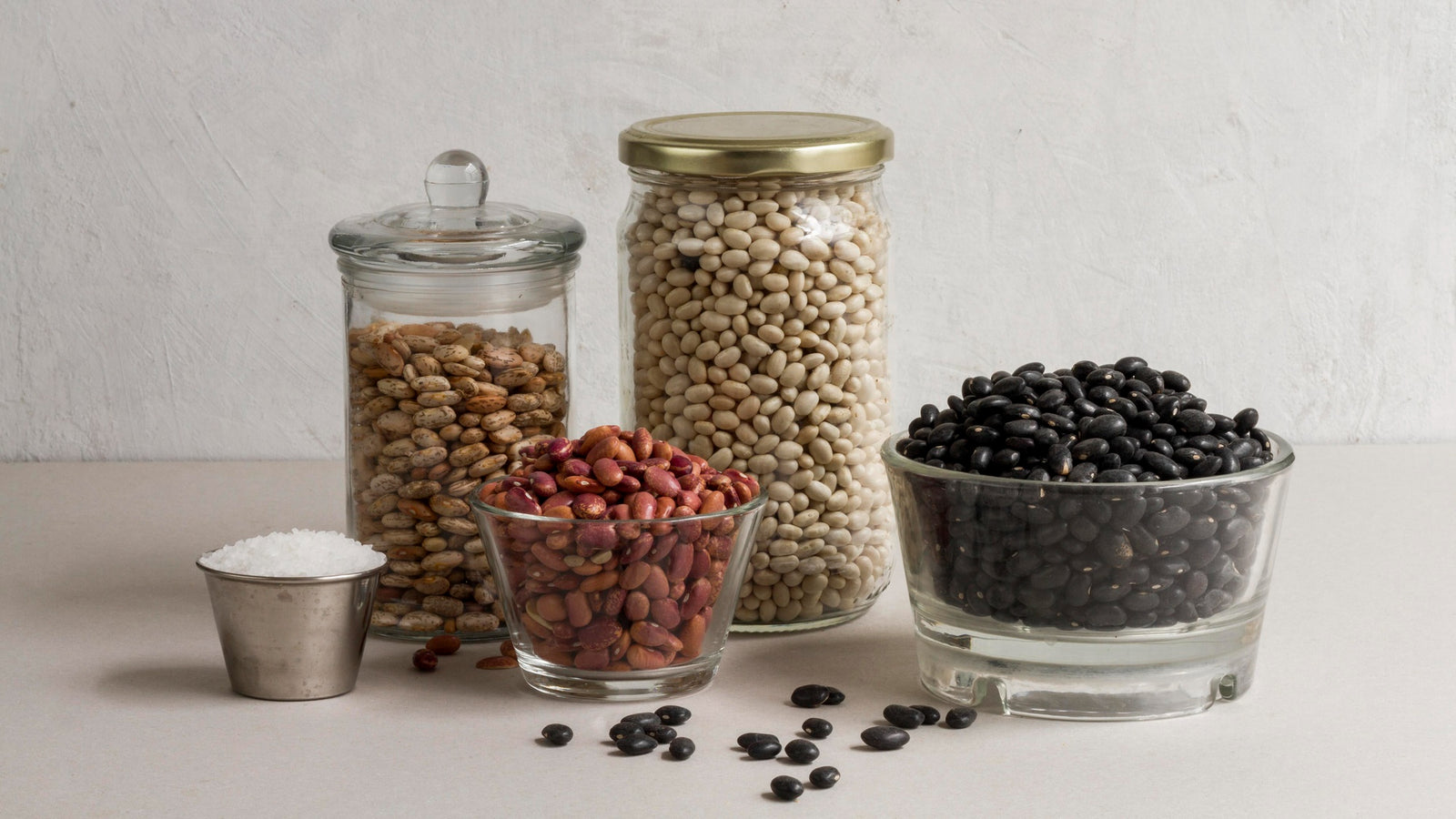
February 03, 2017 3 min read 2 Comments
Hulled Buckwheat Groats
Buckwheat farming heralds originally from Southeast Asia dating back thousands of years when it was a staple, before rice and other cereal grains began to replace it.  Over time, the cultivation of Buckwheat migrated west and eventually became a staple in many East European dishes. It is still widely produced in Russia and Poland where it features significantly in traditional cuisine. It has also been cultivated for at least a thousand years in China, Korea, and Japan where it is widely enjoyed as “soba” noodles.
Over time, the cultivation of Buckwheat migrated west and eventually became a staple in many East European dishes. It is still widely produced in Russia and Poland where it features significantly in traditional cuisine. It has also been cultivated for at least a thousand years in China, Korea, and Japan where it is widely enjoyed as “soba” noodles.
What is the source of Buckwheat Groats?
The name is somewhat deceptive as Buckwheat is not at all related to wheat. Buckwheat groats are in fact derived from a plant that is related to Rhubarb of all things! So while Buckwheat is traditionally classified as a grain, it is actually a plant seed. Buckwheat groats as a consumable food are the hulled seeds of the Buckwheat plant. The hulling process removes the outer husk to obtain the grain-like seed inside.
When stripped of their dark and inedible outer coating, the groats are soft, light-colored seeds that have a mild flavor. However, when the same are roasted or toasted, the flavor becomes more intense and nuttier. Many people refer to the roasted or toasted groats as "Kasha", which is of course different than standard Buckwheat groats. Whether it is Kasha or un-toasted groats, the seeds may be steam-cooked like rice for salads and as a side dish, or even ground into flour for use in baking.
It is worth noting though that Buckwheat groats that are unprocessed can be slightly bitter to taste so it is usually recommended to soak and then toast them prior to cooking.
Nutritional profile
Buckwheat’s strong nutritional value has re-ignited interest in this ancient "grain". It is a complete source of protein that delivers all essential amino acids. In fact, when consumed with beans and cereal grains, its unique amino acid profile gives buckwheat the potential to boost the protein value of the other grains.
Buckwheat is also a good source of dietary fiber, magnesium, copper as well as phosphorous and when compared with other whole grains, it is relatively low on the glycemic index. Additionally, Buckwheat is a good binding agent and when soaked can becomes gelatinous, evidencing that it is high in soluble fiber, which can contribute to the positive slow-down of glucose absorption as well as contributing to appetite suppression similar to how Oat Bran functions.
As a result, Buckwheat grouts can ultimately contribute to preventing gastric issues like constipation, it can help with toxin elimination as well as help to lower LDL cholesterol levels.
As always, check out the non-profit WHFoods.org for even more on Buckwheat groats.
How can I use Buckwheat groats?
When purchasing Buckwheat groats, it is helpful to remember that they should ideally be used within a shorter period of time since the oil-rich seeds can become rancid if stored for extended periods. However, if stored in a cool dry place, oftentimes we hear of groats lasting many months in fine condition.
As with most whole grains, it can help with flavor and health to pre-soak the grains before cooking (check back soon for more on the debate of whether or not to soak whole grains before consuming them).
Organic buckwheat groats are ideal for adding into soups and salads, although they can also be used as a cereal on their own. Like many other grains, they may be used as a hot breakfast porridge or be included as a side dish with the main meal.
Buckwheat seeds also have an unusual triangular shape which requires special milling techniques to grind it into flour. Once ground though, Buckwheat flour can be used for making many items such as noodles, crepes, and other gluten-free products.
❤ Try our USDA certified organic Buckwheat Groats and Kasha ❤
Recipes:
Thanks for reading this Be Still Farms Blog article. To sign up for more news/articles and/or recipes, click here. For more about us, click here. To shop our certified organic products, click here.
Please comment and share and we look forward to serving you in the future!
May 24, 2020
I am interested in the process for hulling buckwheat. I find references to milling and sifting out the hulls, but how would I get the hull off my home grown buckwheat if I wanted to eat the groats whole? Not that I plan to grow enough to make it worthwhile, just curious.
Comments will be approved before showing up.

May 01, 2024 3 min read
This article explores the differences between cane sugar and beet sugar, from their production processes to environmental impacts, highlighting why understanding these distinctions is crucial for making informed decisions about food consumption and sustainability.

April 29, 2024 3 min read

April 24, 2024 3 min read
This article explores the unique characteristics and culinary uses of pinto beans, small red beans, and black beans. Highlighting their distinct flavors, textures, and nutritional profiles, the piece delves into how each bean fits into different regional cuisines and cooking methods. From the creamy texture of pinto beans in Mexican dishes to the firmness of small red beans in Caribbean meals and the robustness of black beans in Latin American recipes, this guide offers a comprehensive look at these versatile staples in global kitchens.
© 2024 Be Still Farms- Real, Fine Organics.
Privacy | Terms | Refund Policy | Organic Certification

Michelle McNamara
May 24, 2020
Hi there!
Some people have used their mortar and pestle or even a coffee grinder, but we would not recommend those. The first is grueling work for little gain (there are often hulls still mixed with the groats) and the second would be inconsistent (losing groats through them actually being ground up and small batches).
If you are trying to de-hul your own buckwheat at home on a small-ish scale, we recommend using a Country Living Grain Mill. There is a great article on their website on exactly how to do it. This is the link:
http://www.countrylivinggrainmills.com/how-to-de-hull-buckwheat-with-the-country-living-mill/
The end of the article does mention using your buckwheat ‘flour’ but inside the article are instructions for how to use the mill in such a way that the hulls are removed and the groat left intact.
Of course, if you just want to test out a very small batch (1/2 cup or so), a mortar & pestle would be the cheapest, easiest way.
Blessings!
Michelle@Be Still Farms